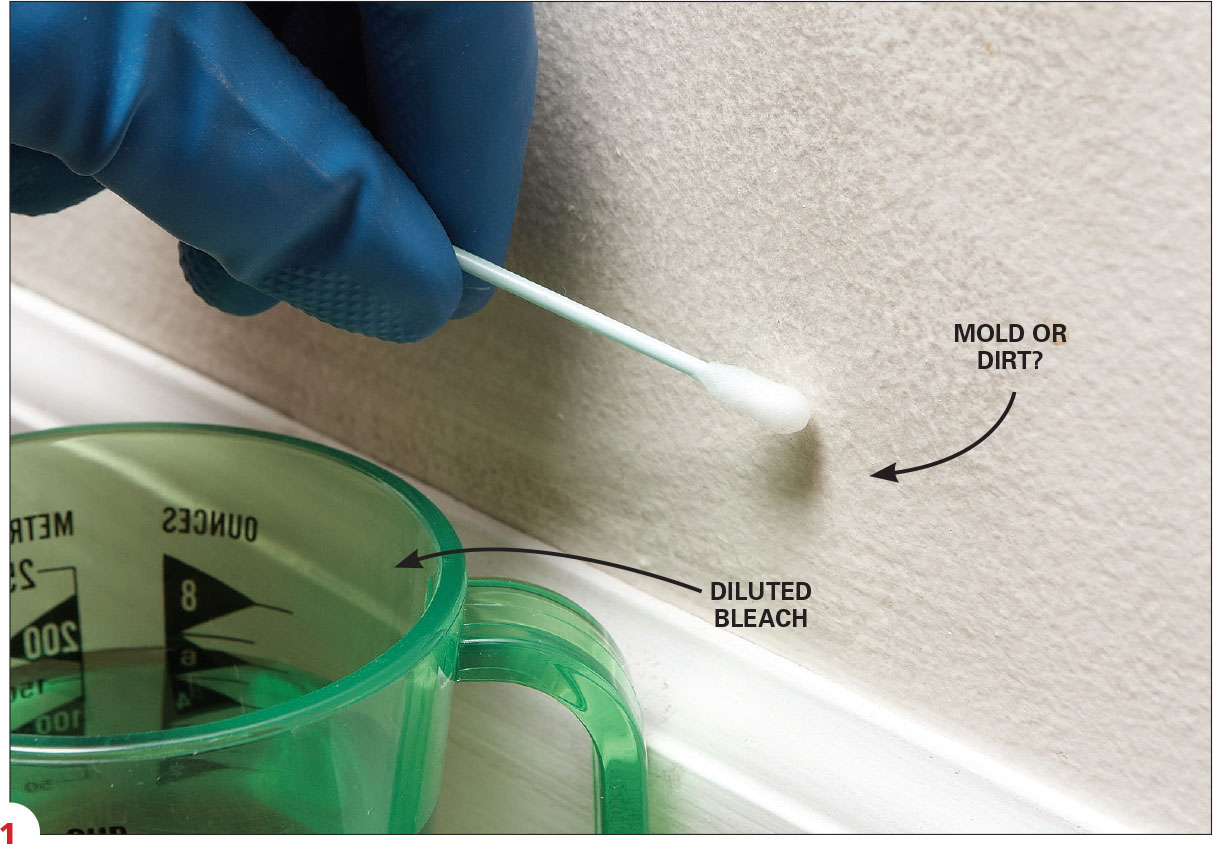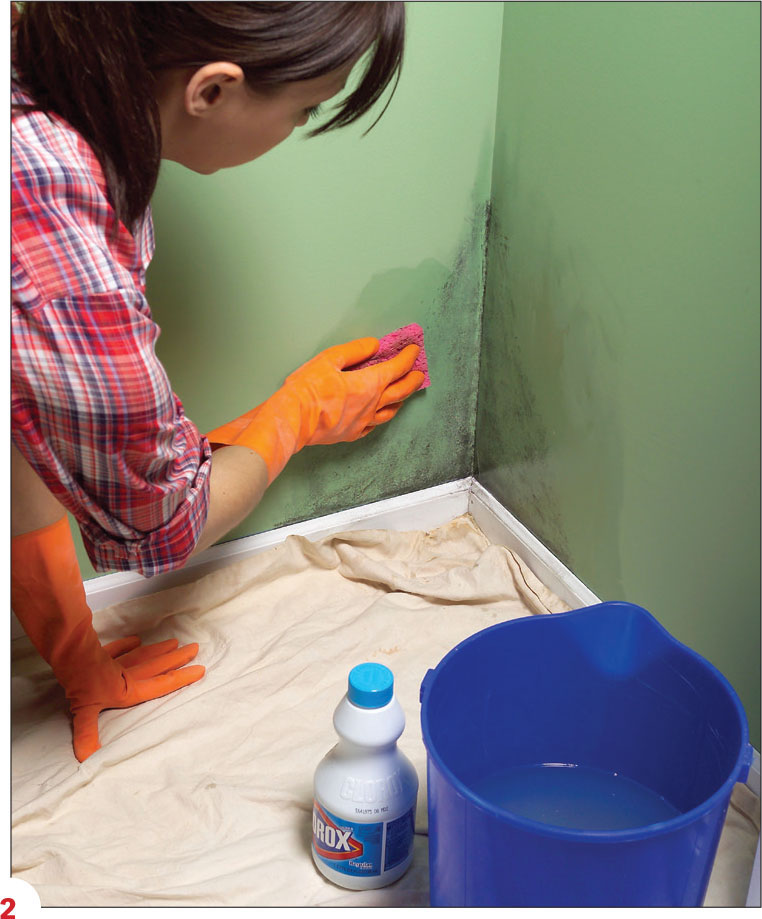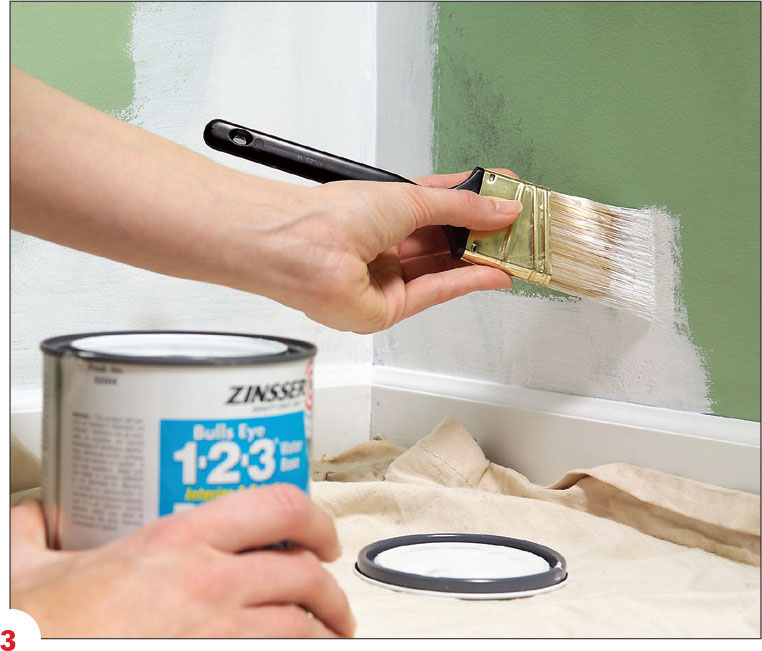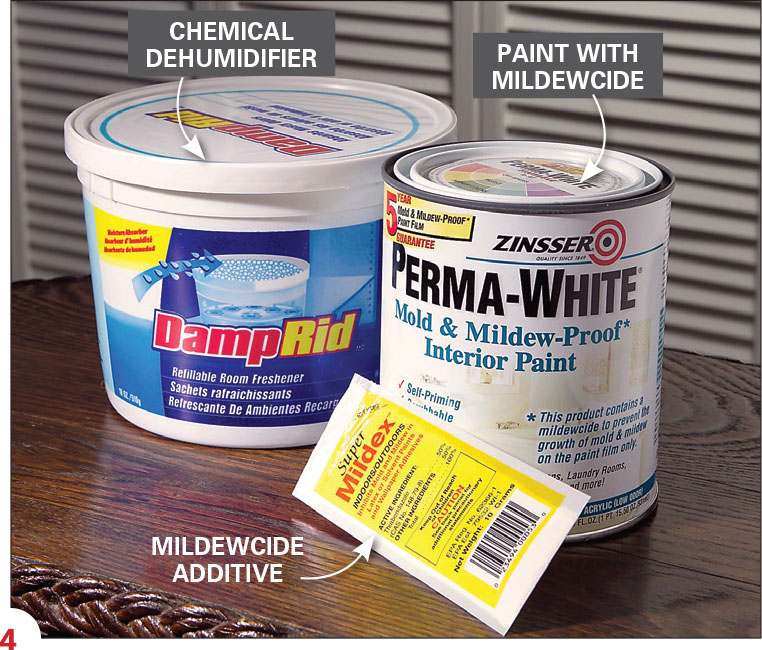
Closets are often cool, damp and dark—fungus paradise. Here’s how to deal with mold and mildew in closets or on other walls.

1. Determine if it’s mold or dirt on the walls. Most mold is unmistakable, but sometimes it just makes a surface look dirty. For a quick test, dip a swab in diluted bleach (1 part bleach, 16 parts water) and dab it on the wall. If the spot quickly lightens (or keeps coming back after cleaning), assume it’s mold.
Mold test kits are available that detect the presence and identify the type of mold, but they won’t help determine the cause or what to do about it.

2. To clean and kill mildew, mix three parts of water and one part bleach. Scrub thoroughly, but don’t worry if the stains don’t completely disappear.

3. Prime the area. Mildew stains can bleed through paint, so coat the area with a stain-blocking primer before painting.

4. Add mildewcide to paint or use paint that already contains mildewcide (check the label).